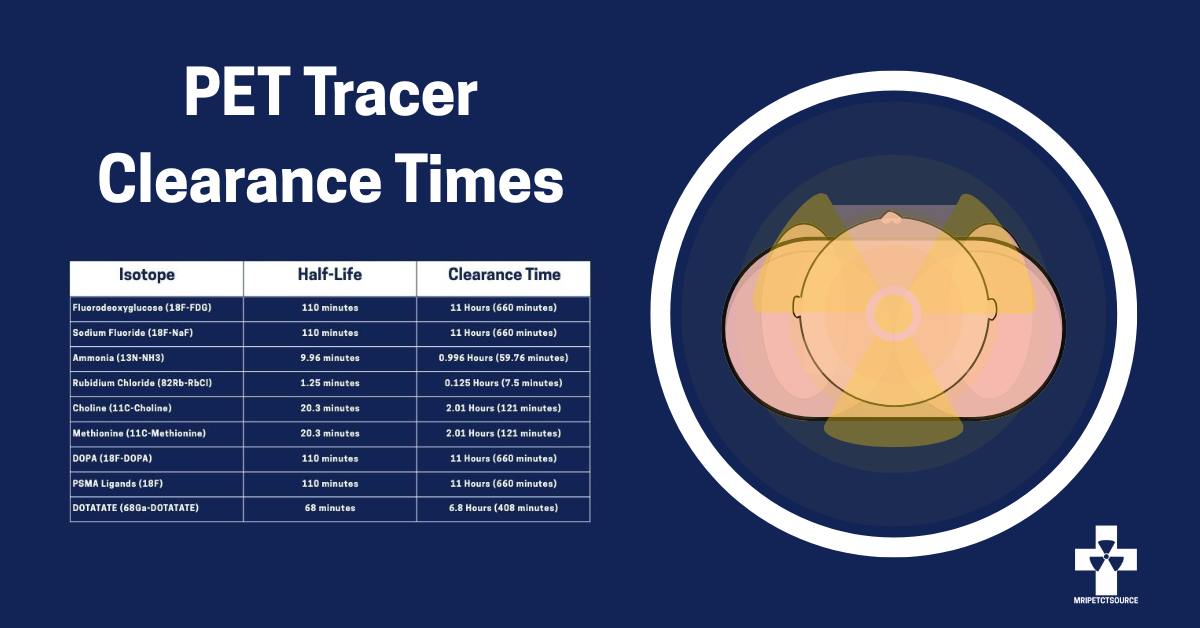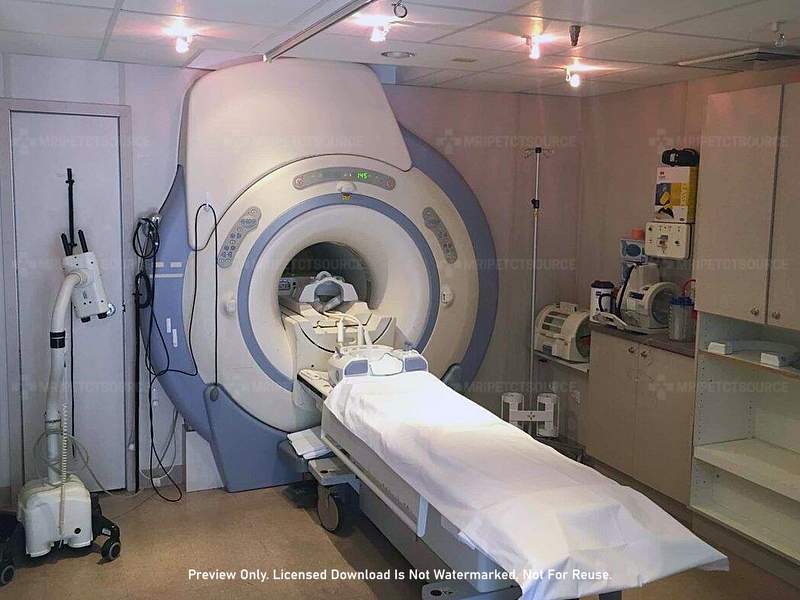Imagine standing before a canvas, preparing to paint a masterpiece. In this analogy, the canvas represents the patient’s body, while the paintbrush symbolizes the magnetic field. The strength of the magnetic field, measured in Gauss, determines how vibrant and detailed the resulting image will be.
What is a Gauss?
One gauss is equal to one ten-thousandth (1/10,000) of a tesla, the SI unit of magnetic flux density. A Gauss, named after mathematician Carl Friedrich Gauss, measures magnetic field strength in an MRI machine. The magnetic field, generated by the superconducting magnets within the MRI system, plays a pivotal role in the imaging process.
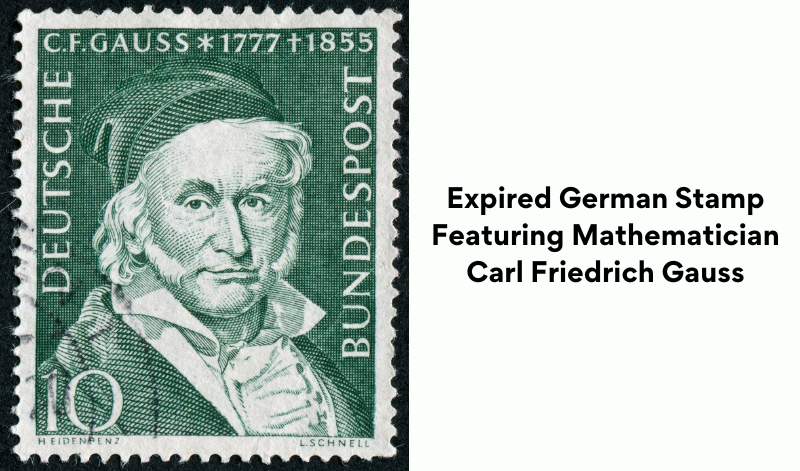
Gauss in MRI
A higher Gauss value equates to a more powerful magnetic field. This enhances the MRI’s ability to capture intricate anatomical structures and subtle abnormalities. In practical terms, the magnetic field strength can vary in MRI machines.
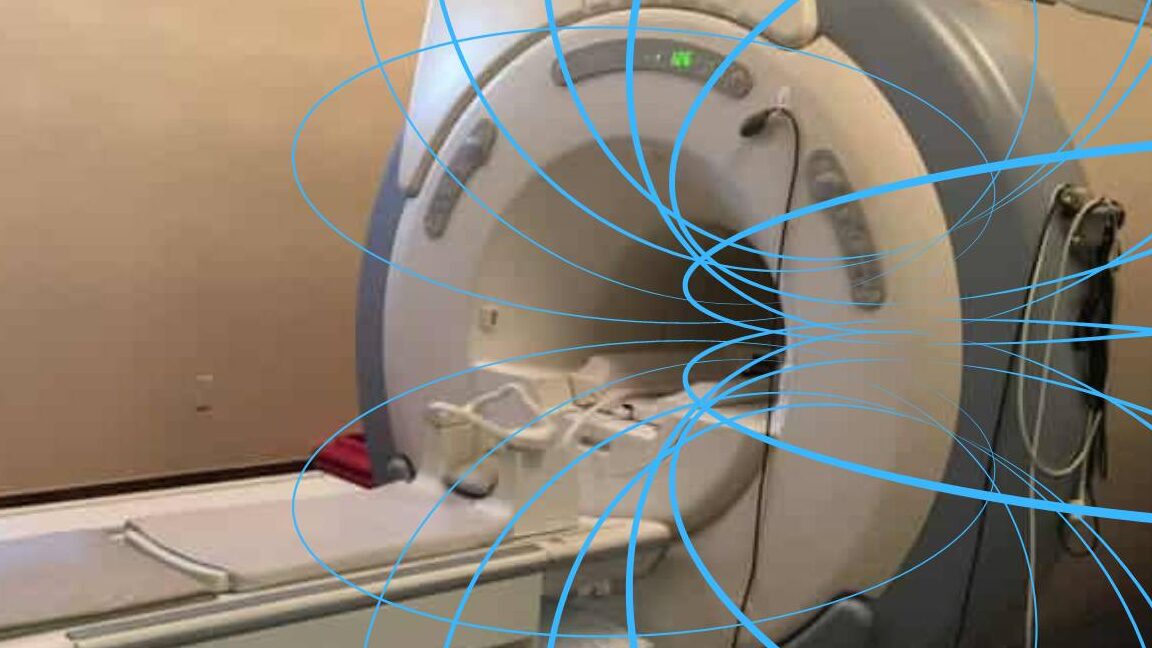
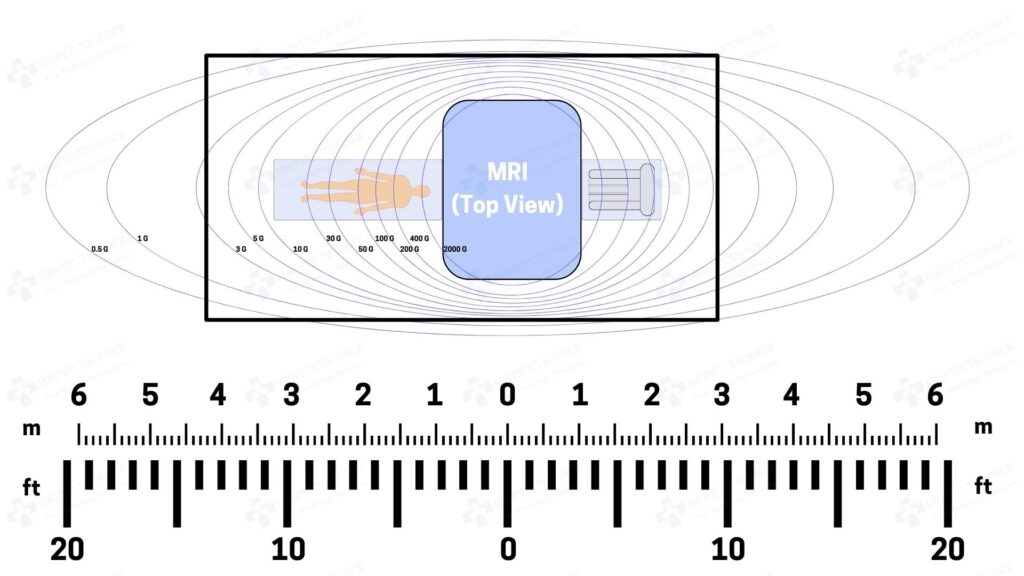
Low-field MRI scanners typically operate in the range of 0.2 to 0.8 Tesla, suitable for basic imaging needs. However, as we venture into high-field MRI, the strength can escalate to 1.5 to 3 Tesla (15,000 to 30,000 Gauss), or even beyond. These high-field MRI systems offer unparalleled precision. Additionally, high-field MRI allows clinicians and researchers to explore the human body’s mysteries with astonishing detail.
Overview
In simple terms, a Gauss is a measure of the strength of the magnetic field used in MRI machines. It bears the namesake of famed mathematician Carl Friedrich Gauss. It is used to measure the magnetic forces and is equal to .0001 tesla. Additional information on our patient resources page, or find related resources below.
Previous Article: Tesla in MRI Next Article: What is a Gradient?
Additional resources
Helpful Resources
The information provided by MRIPETCTSOURCE (“we,” “us,” or “our”) on https://www.medicalimagingsource.com (the “Site”) is for general informational purposes only. All information on the Site is provided in good faith, however we make no representation or warranty of any kind, express or implied, regarding the accuracy, adequacy, validity, reliability, availability, or completeness of any information on the Site. UNDER NO CIRCUMSTANCE SHALL WE HAVE ANY LABILITY TO YOU FOR ANY LOSS OR DAMAGE OF ANY KIND INCURRED AS A RESULT OF THE USE OF THE SITE OR RELIANCE ON ANY INFORMATION PROVIDED ON THE SITE. YOUR USE OF THE SITE AND YOUR RELIANCE ON ANY INFORMATION ON THE SITE IS SOLELY AT YOUR OWN RISK.


